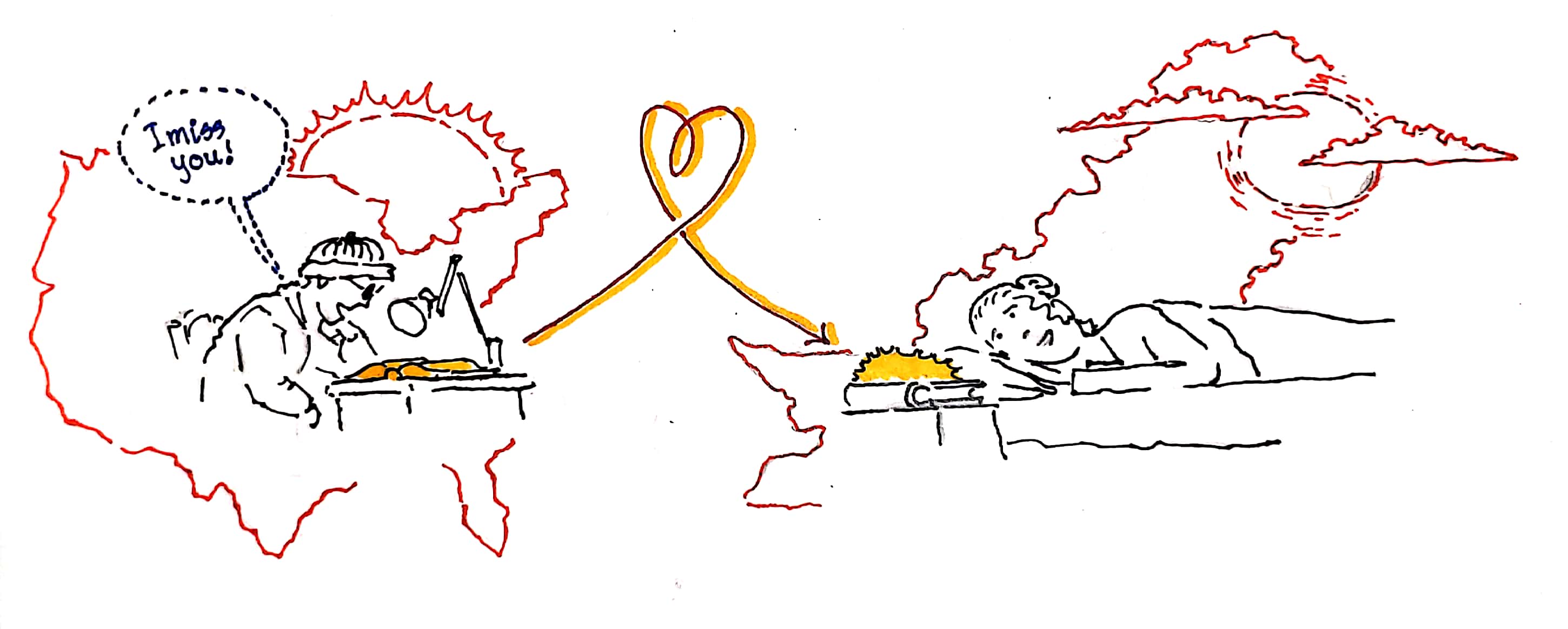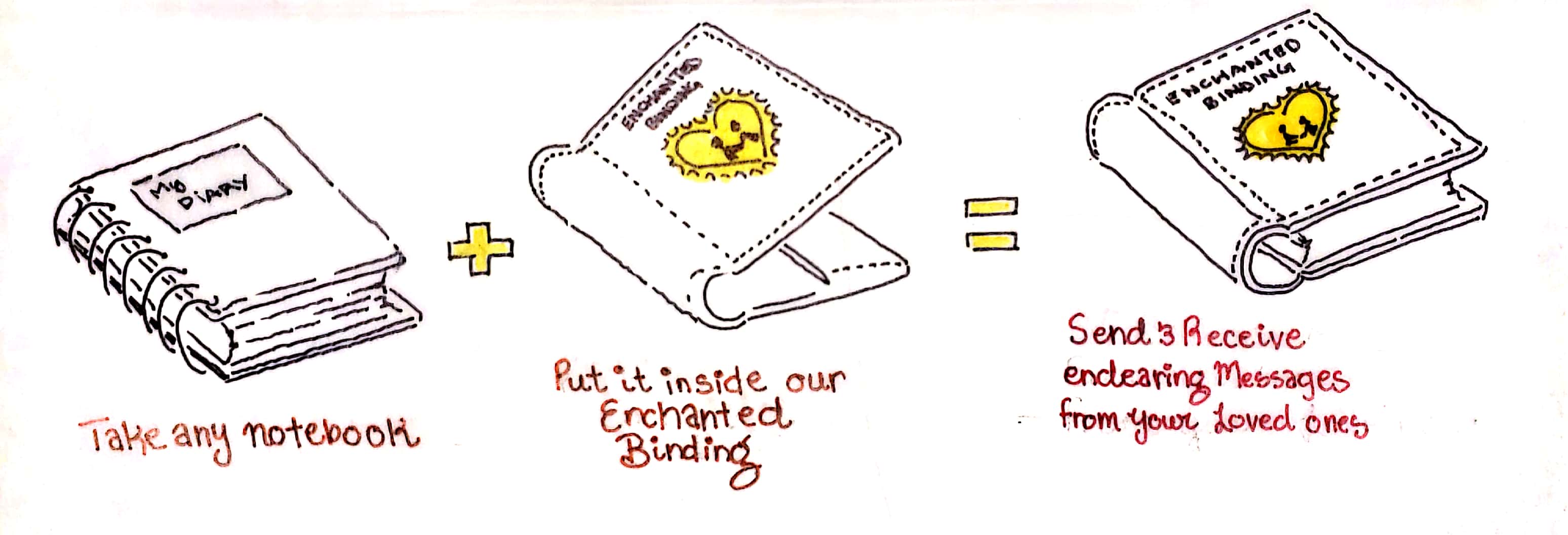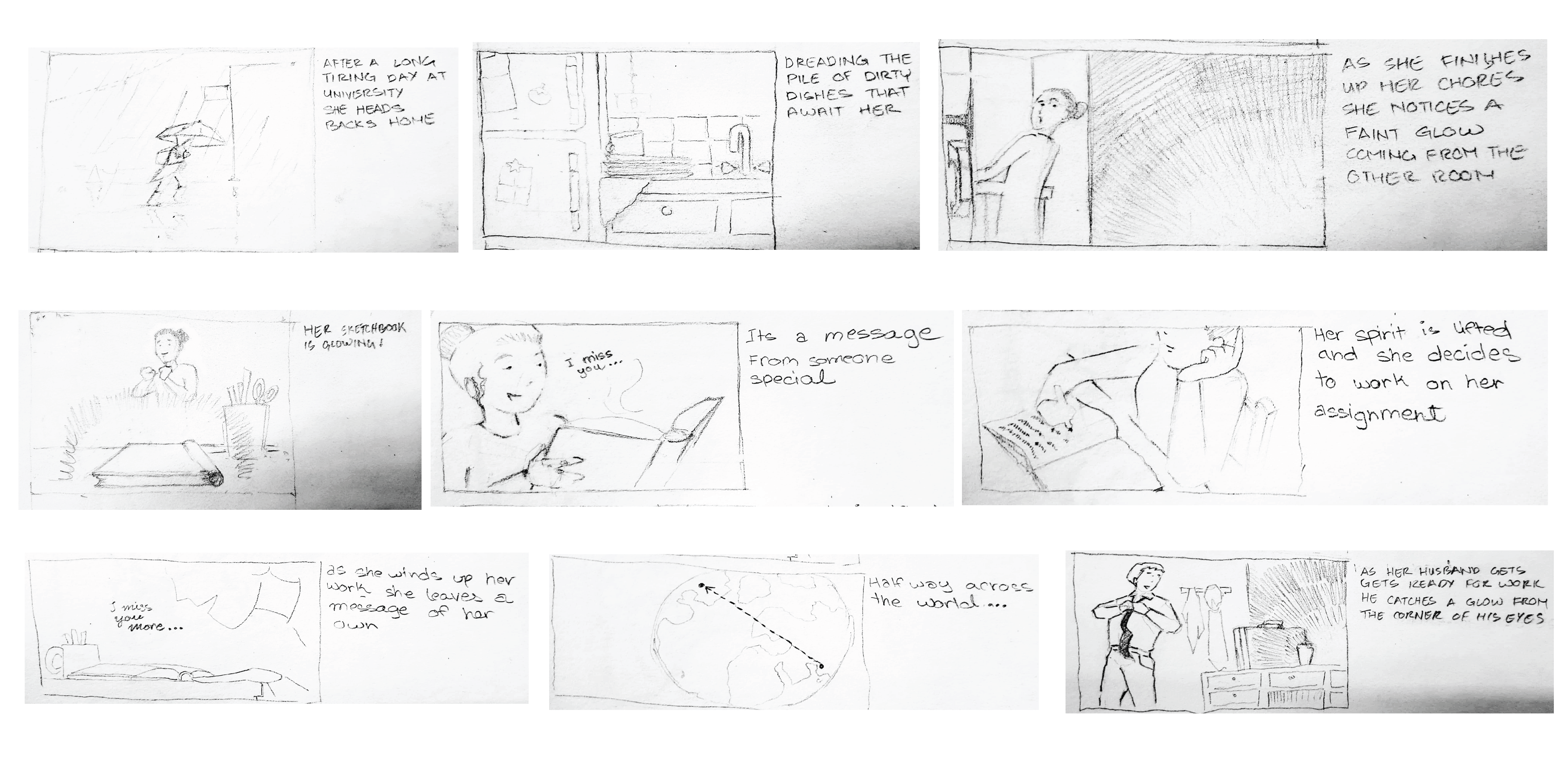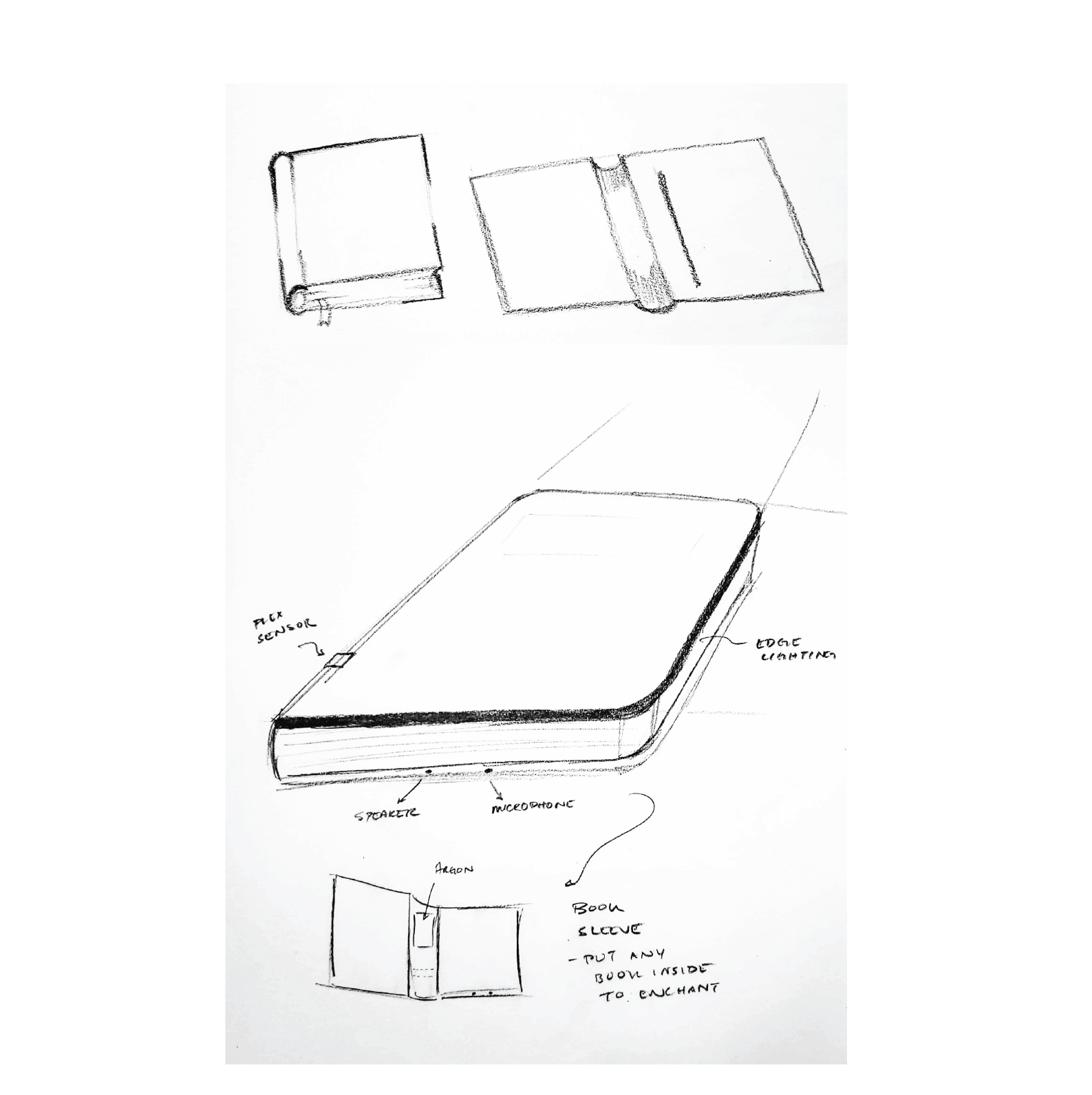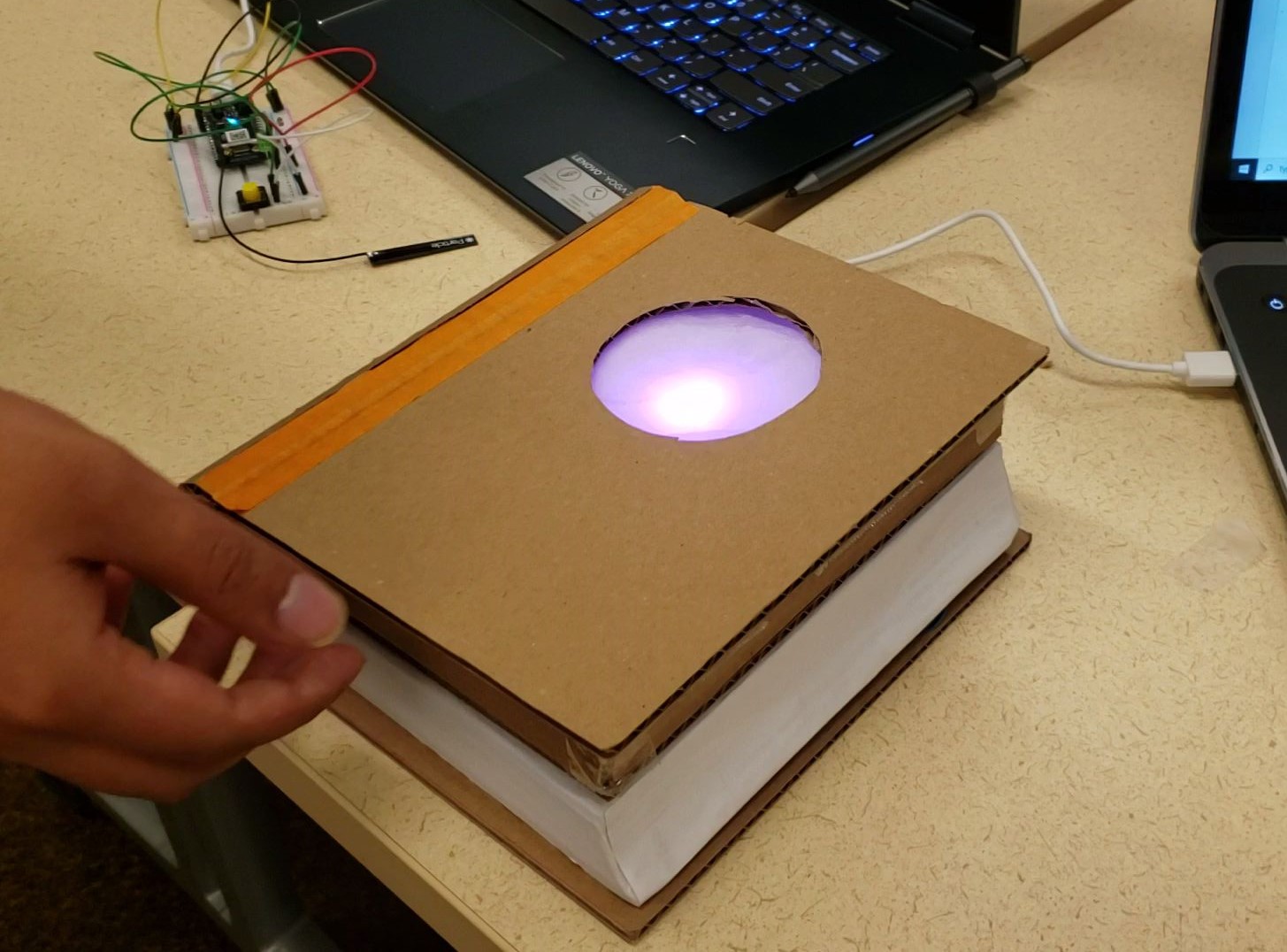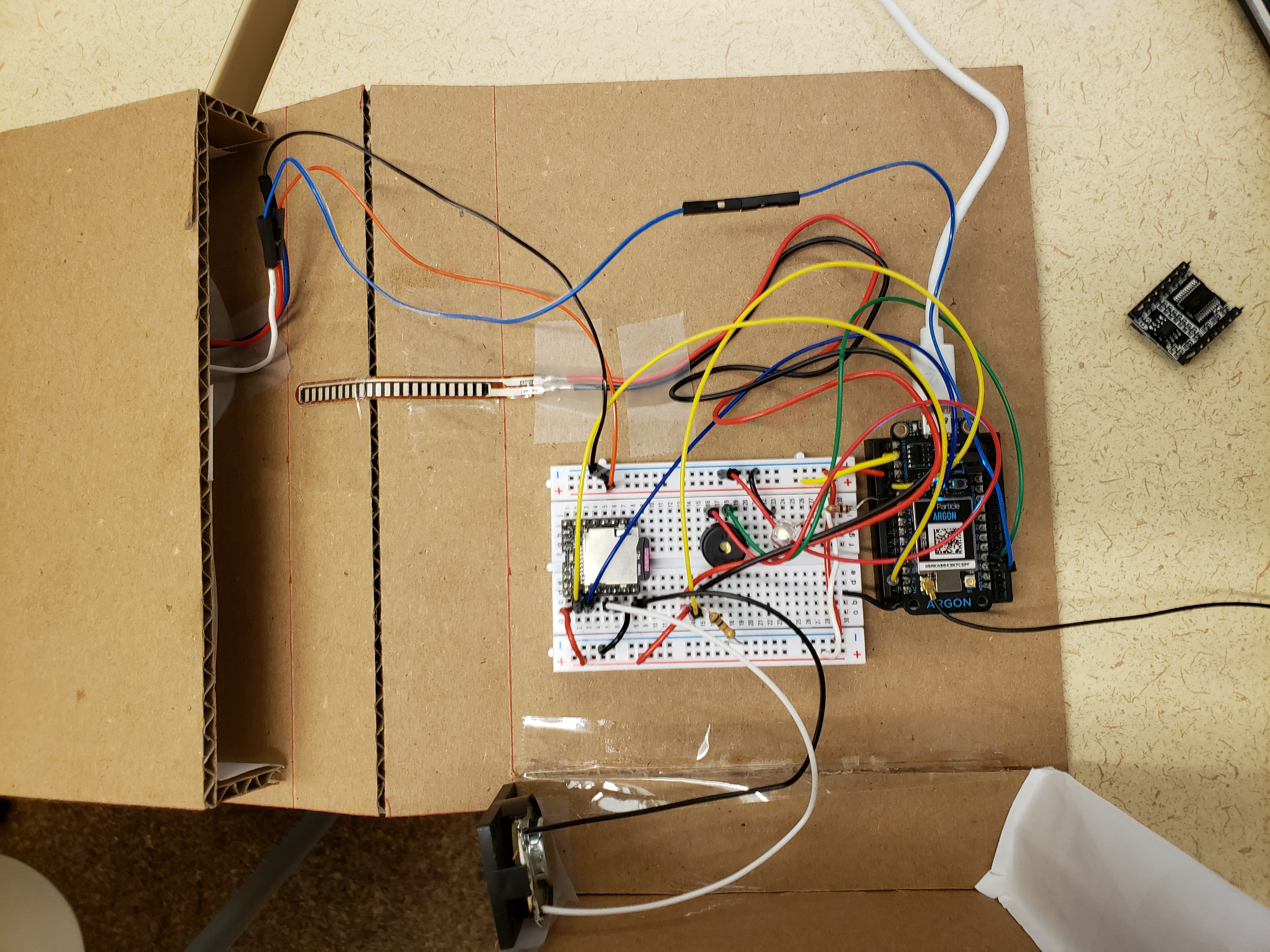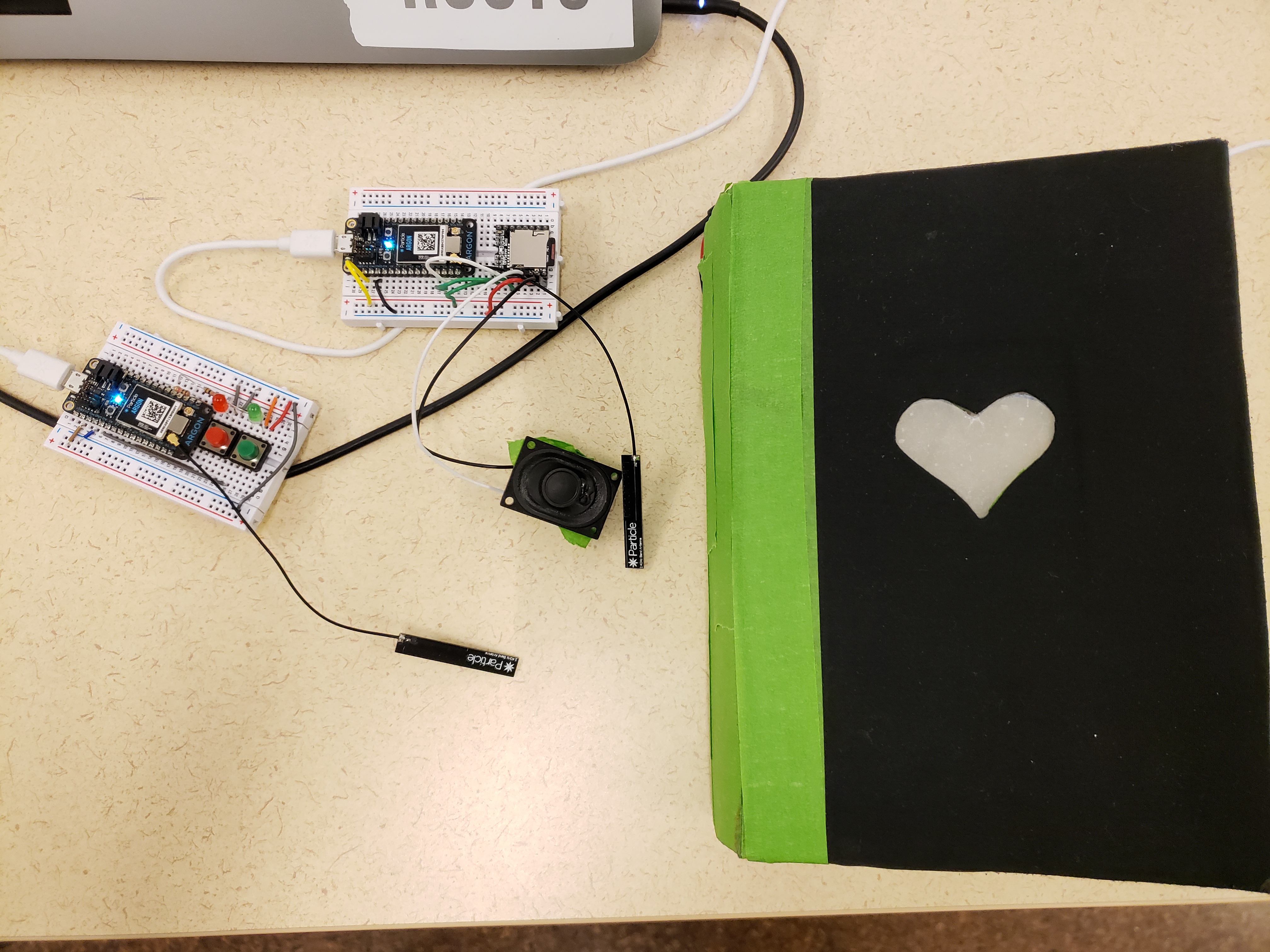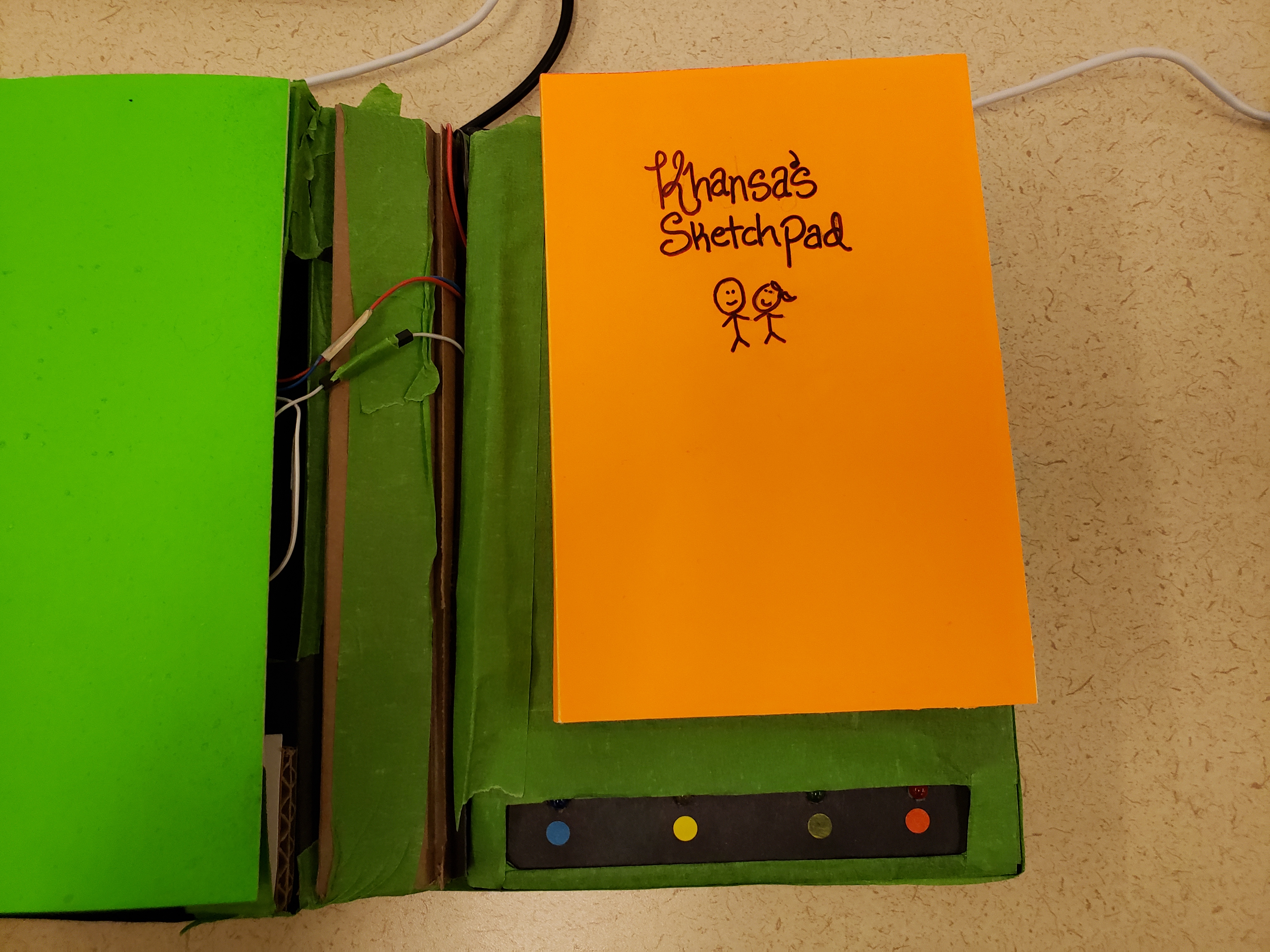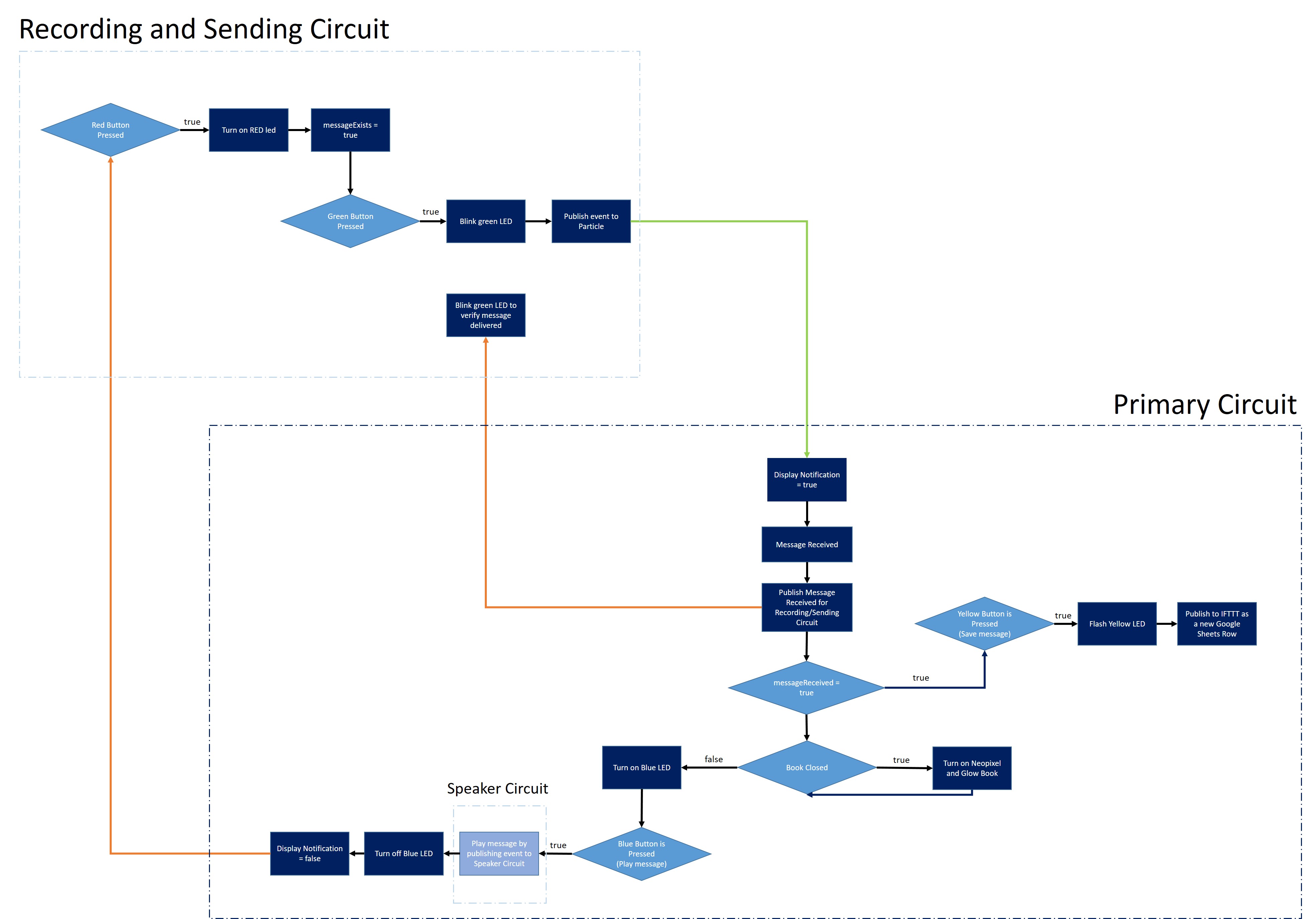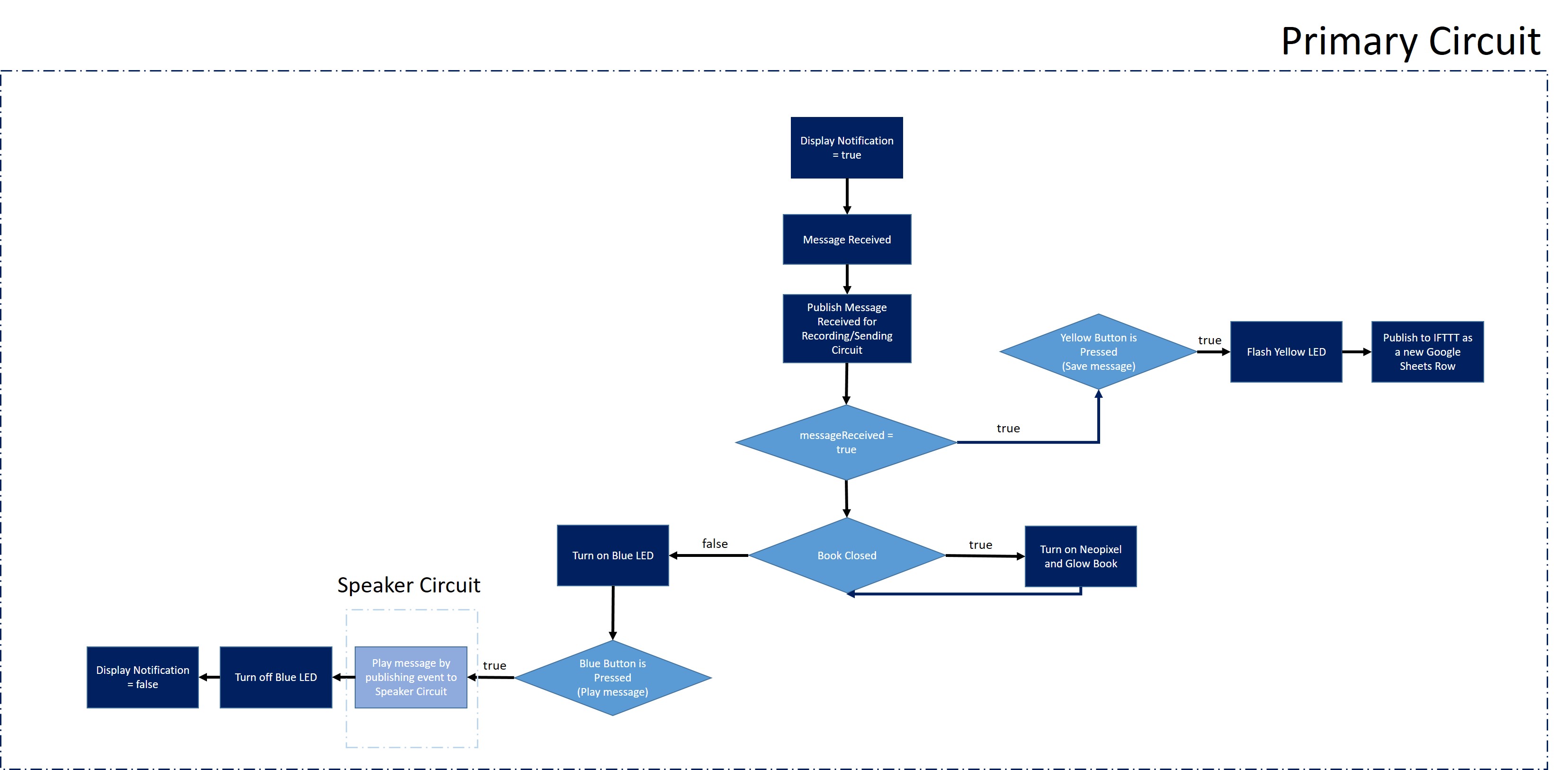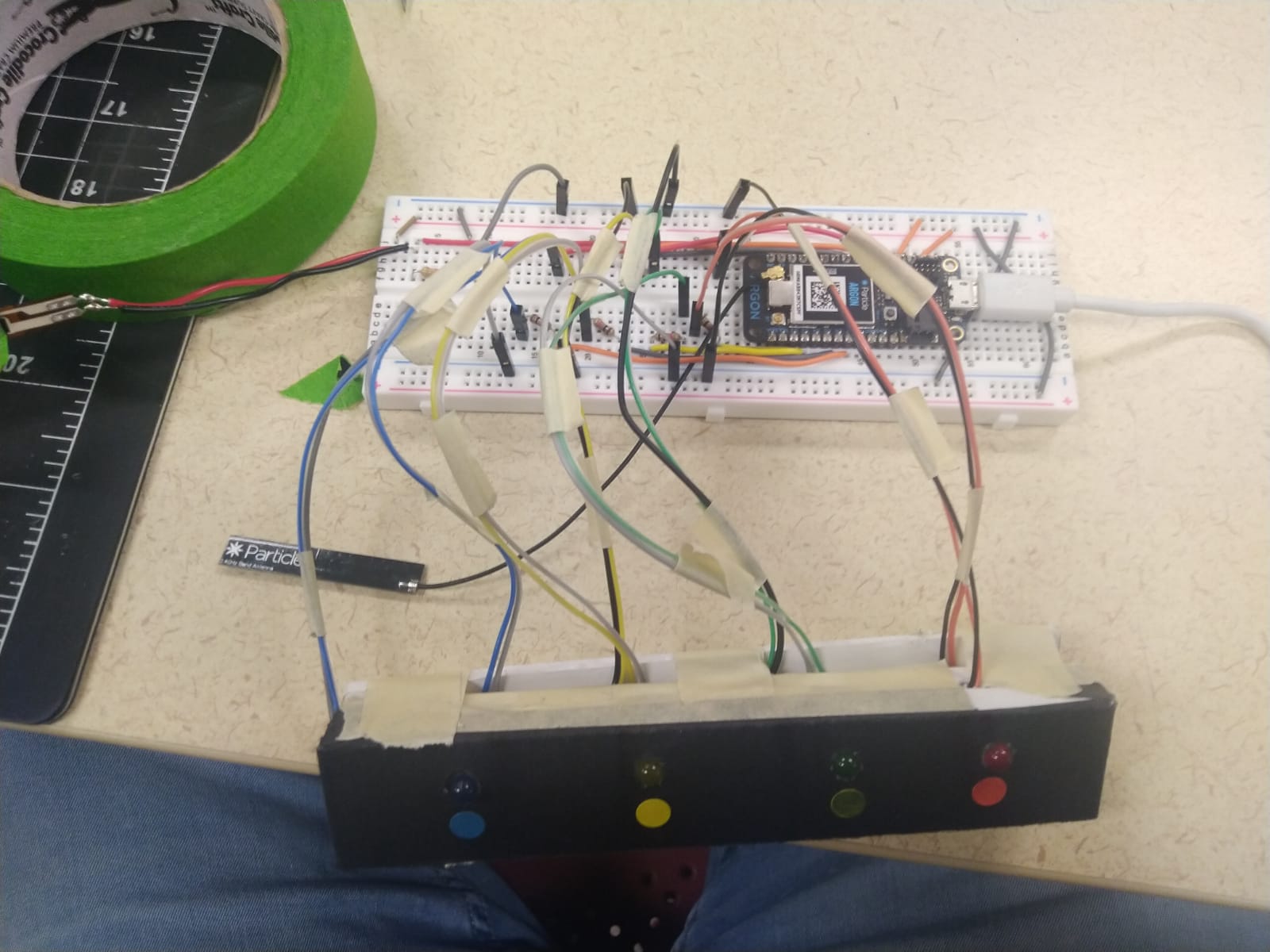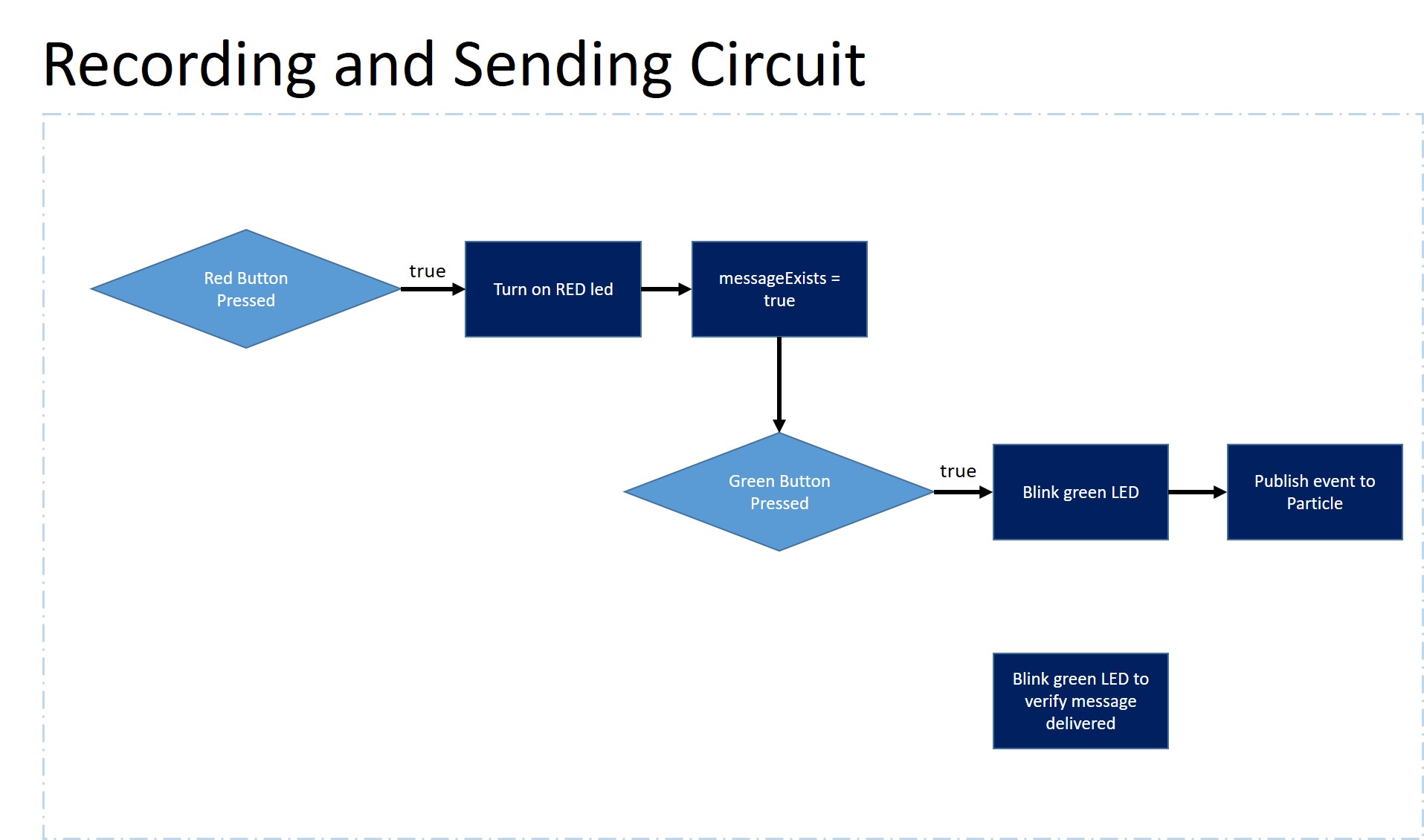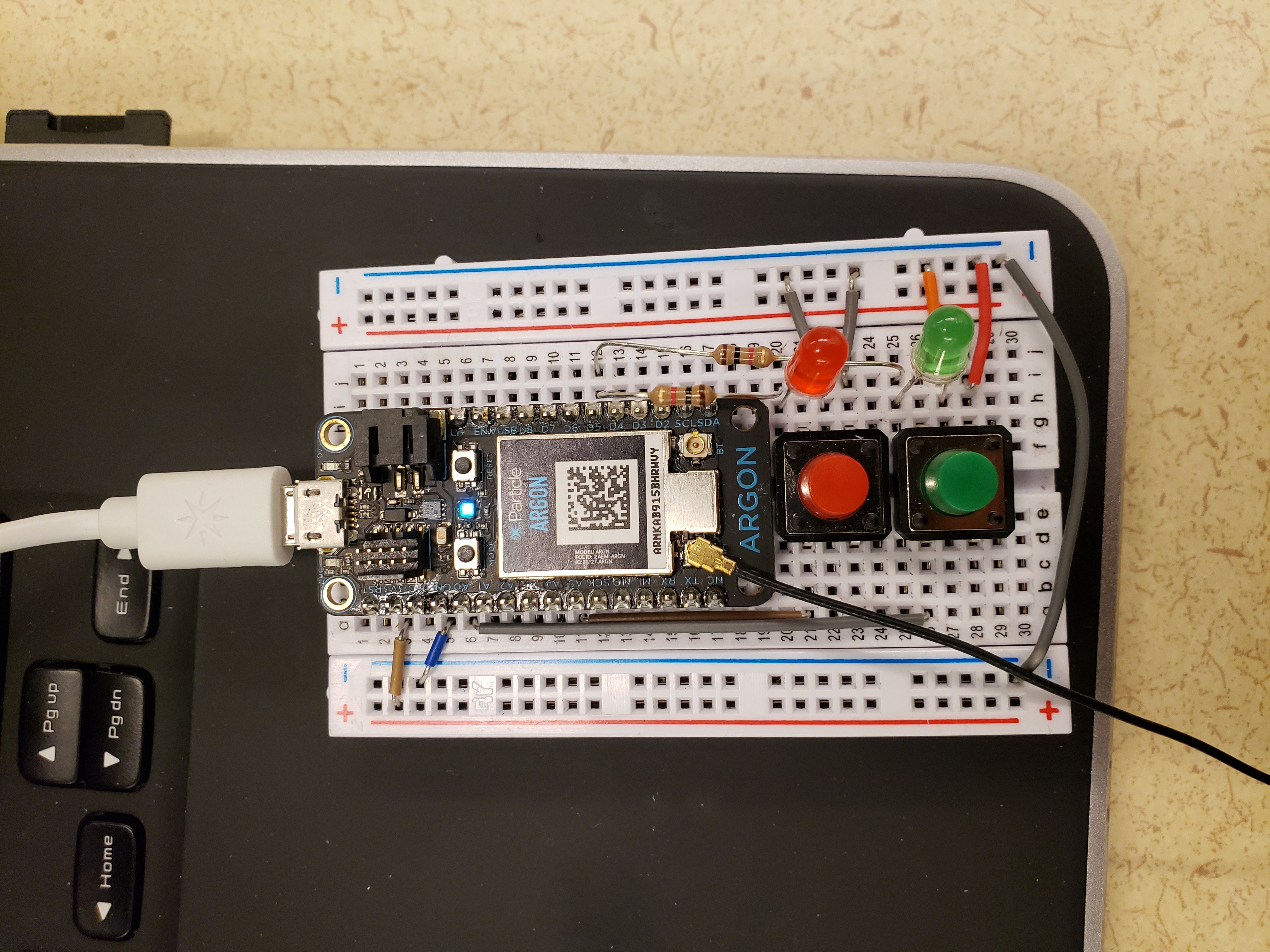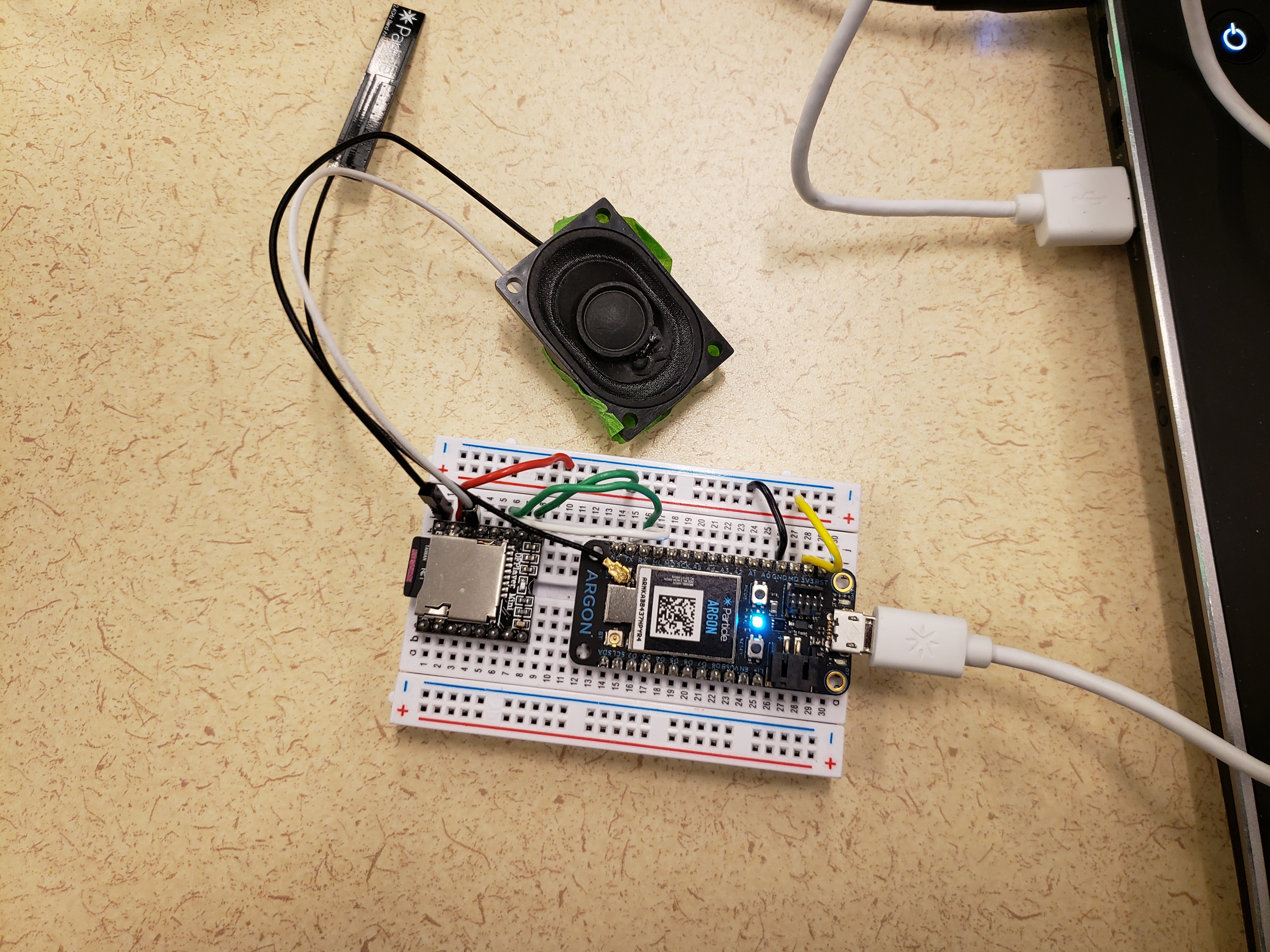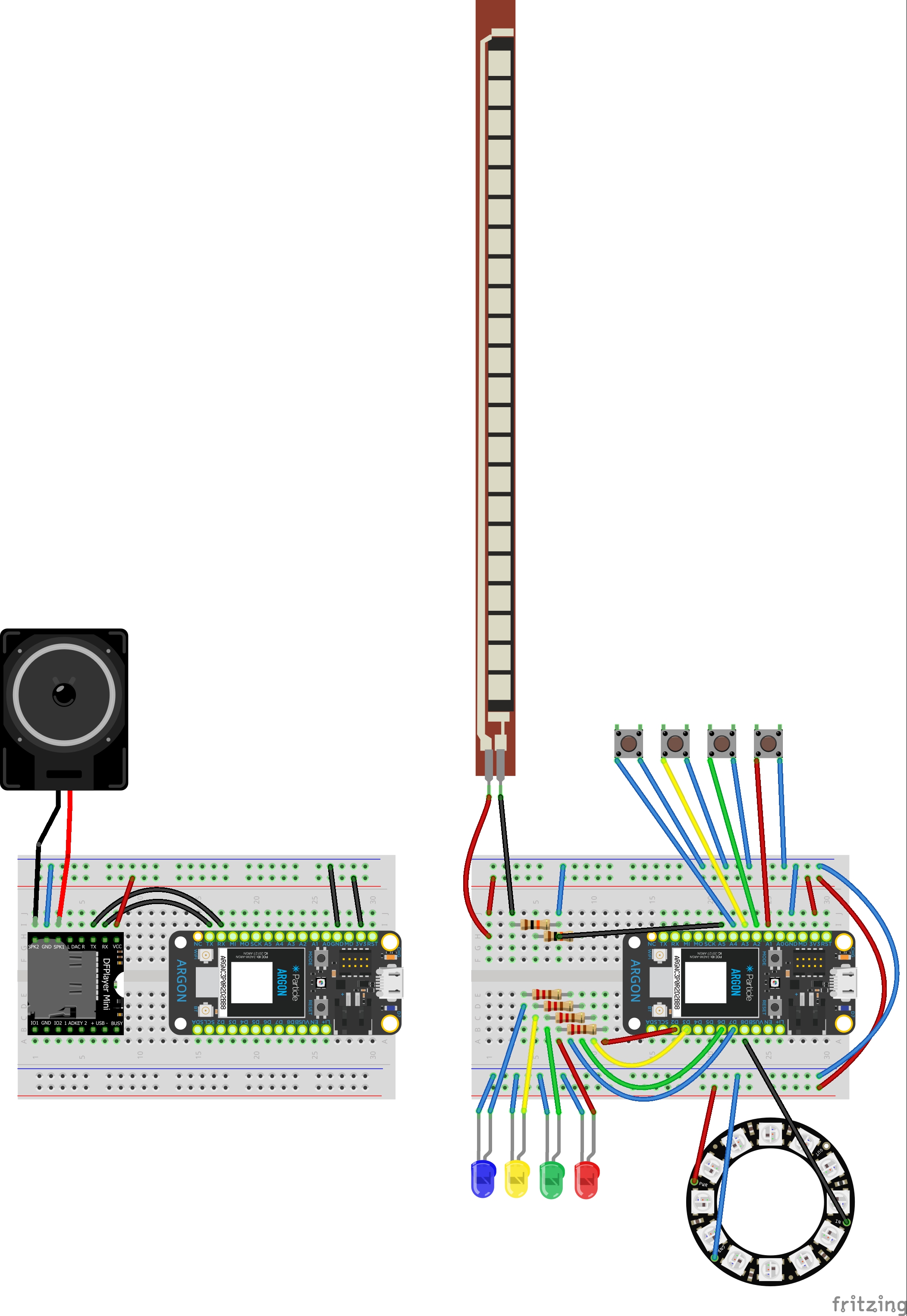Problem Statement
With the advent of different voice and video calling apps, we are able to easily connect with each other. However, these applications and platforms (i.e. texts or video call) don’t necessarily help communicate emotions genuinely. For example, one may want to tell their significant other or close friend who is away an endearing message like “I love you”, or “I miss you, hope your day is going well”. Texting or video calling may not translate the message to be as special as it was intended. This is where our Enchanted Book helps communicate short, endearing messages to one's significant other or close friends/family in such a way that lifts the receiver's spirits.
This was the problem faced by one of our users interviewed. Khansa is currently located in Pakistan, separated from her husband who is studying at Carnegie Mellon University. When interviewed about home-objects that she would want to be enchanted (connected to the internet to display ambient information), she was drawn to her sketchbook. Both her and her husband sketch daily. With a simple object she uses frequently, enchanting this could help the distance seem less. Our problem statement was as follows:
How might we enchant Khansa's notebook to connect with her significant other abroad?
